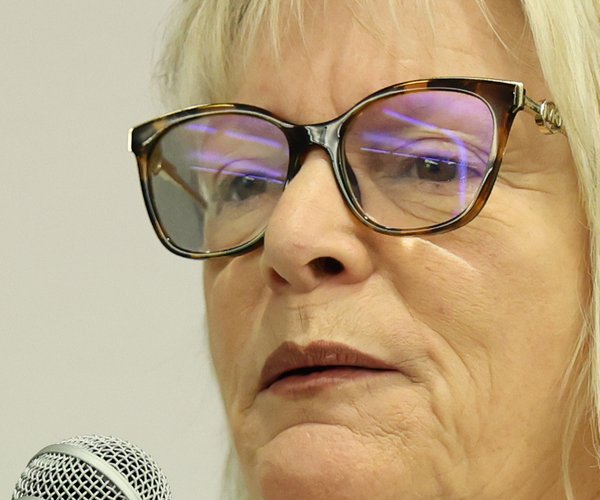Gustine High School is on its way to the implementation of a fully developed standards-based grading system.
Bryan Ballenger, Superintendent of the Gustine Unified School District, sheds light on this multi-year initiative, sharing insights into the district’s move at Gustine High School.
“This is a multi-year initiative with GHS only in the beginning phase. They have started with volunteers this year and will be adding more staff each year until we are at 100% of teachers utilizing standards-based grading,” said Ballenger.
SBG marks a departure from traditional grading methods. Instead of averaging scores from various assignments or assessments, SBG focuses on the mastering of specific learning objectives and standards. Ballenger breaks down the key components of this progressive approach.
Teachers play a pivotal role in SBG by first identifying essential learning standards. Clear expectations are then communicated to students, outlining precisely what they need to know and demonstrate to achieve mastery in each standard.
“Teachers communicate clear expectations for each standard, detailing what students need to know and be able to do to demonstrate mastery,” said Ballenger.
Assessments take various forms, including tests, quizzes, projects, presentations, or performance tasks, all designed to measure students’ proficiency in each standard. Rather than assigning traditional letter grades, students are evaluated based on their level of mastery.
“Assessments are designed to measure students’ proficiency in each standard. These assessments can take various forms, such as tests, quizzes, projects, presentations, or performance tasks,” said Ballenger.
SBG is the emphasis on frequent feedback. Teachers provide regular and specific feedback to students, helping them understand their strengths and areas for improvement. Additionally, students may be given opportunities to revise their work or retake assessments, fostering a growth mindset and prioritizing learning over grades.
“Instead of assigning traditional letter grades (A, B, C, etc.), students are assessed based on their level of mastery of each standard,” said Ballenger.
Progress reports in the SBG system offer detailed information on students’ mastery of each standard, providing a comprehensive snapshot of their learning outcomes. It also specifies areas where additional support may be needed.
“Teachers provide regular and specific feedback to students on their progress toward mastering each standard. This feedback helps students understand their strengths and areas for improvement,” said Ballenger.
The communication between teachers, parents, and students is also revamped. Regular updates on progress toward mastering standards, strengths, areas for improvement, and strategies for further learning becomes an important part of the new grading policy.
“Students are given opportunities to revise their work or retake assessments to demonstrate improved mastery of standards they have not yet mastered. This encourages a growth mindset and emphasizes learning over simply earning a grade,” said Ballenger.
The district aims to create an educational environment that not only assesses academic performance, but also creates a culture of continuous improvement and individualized learning.
“Teachers often communicate regularly with parents and students about progress toward mastering standards, providing updates on strengths, areas for improvement, and strategies for further learning,” said Ballenger.
This may be a drastic change in policy but Ballenger does encourage that the new system will create a confident environment and learning space for the students of Gustine High School.
“Overall, standards-based grading aims to provide a more accurate and meaningful assessment of student learning by focusing on specific learning objectives and providing detailed feedback to support ongoing growth and improvement,” said Ballenger.





